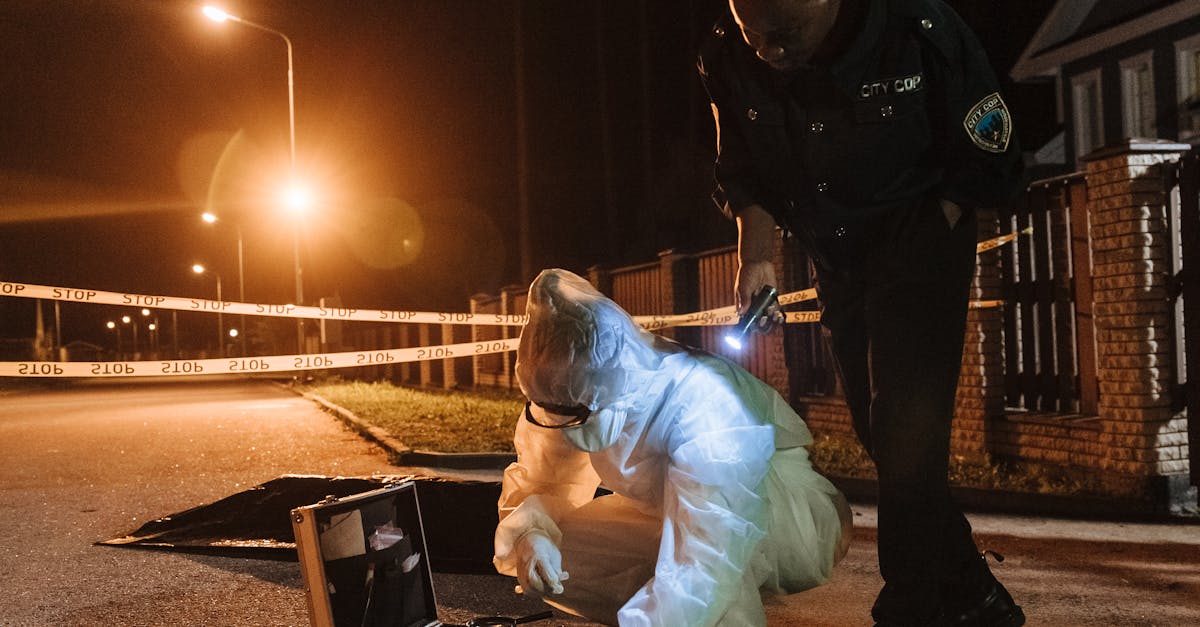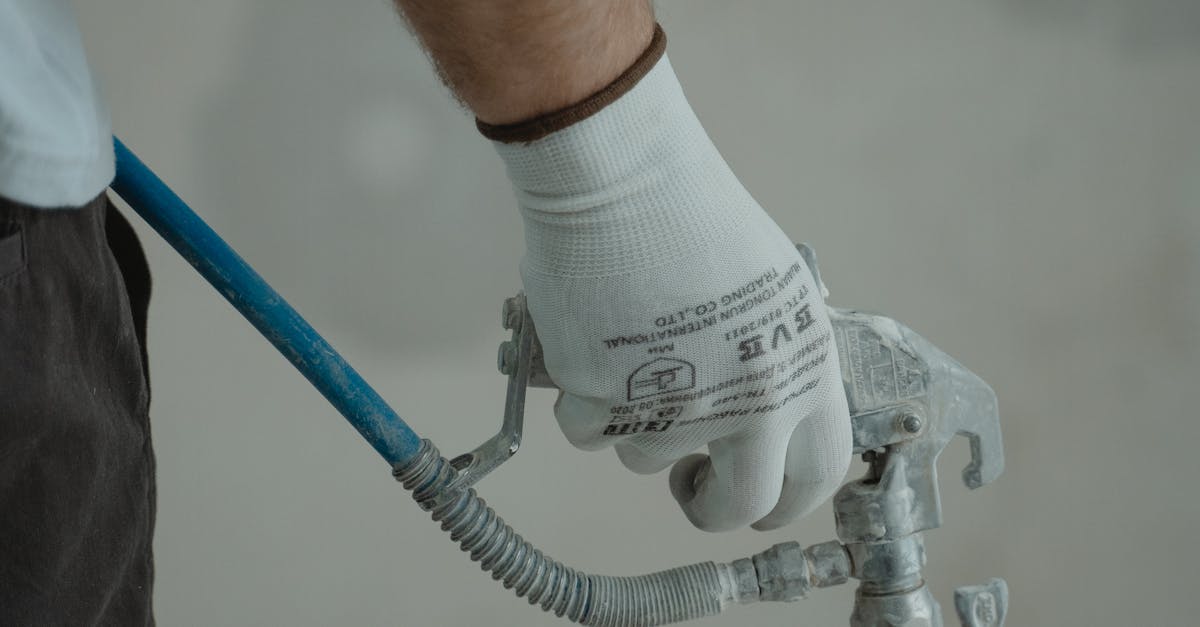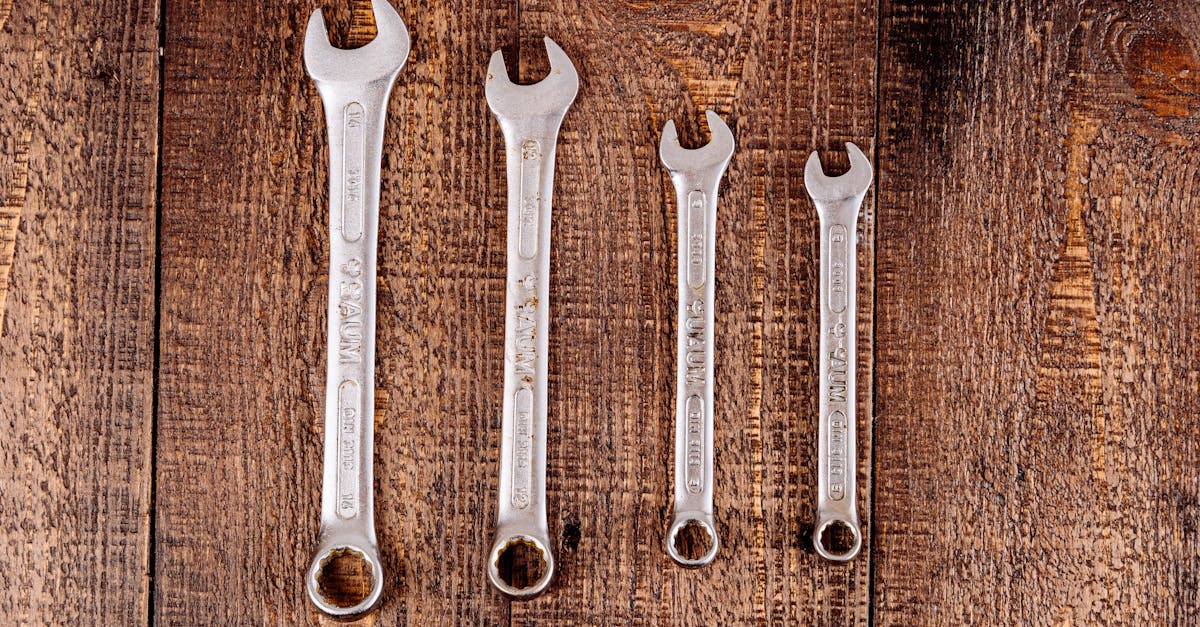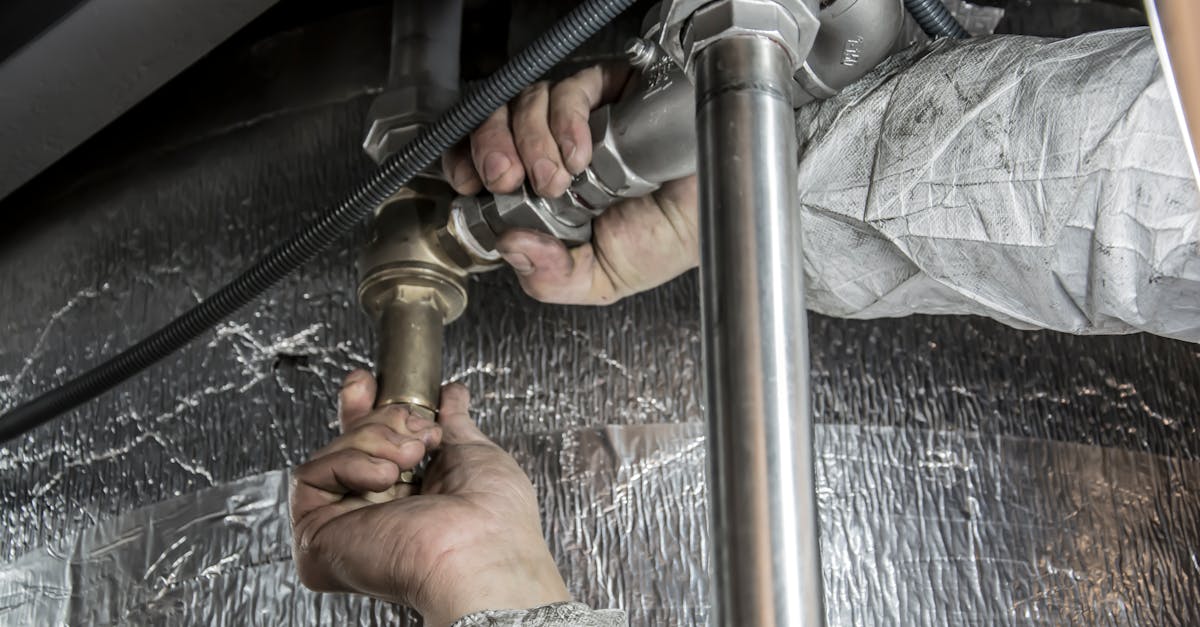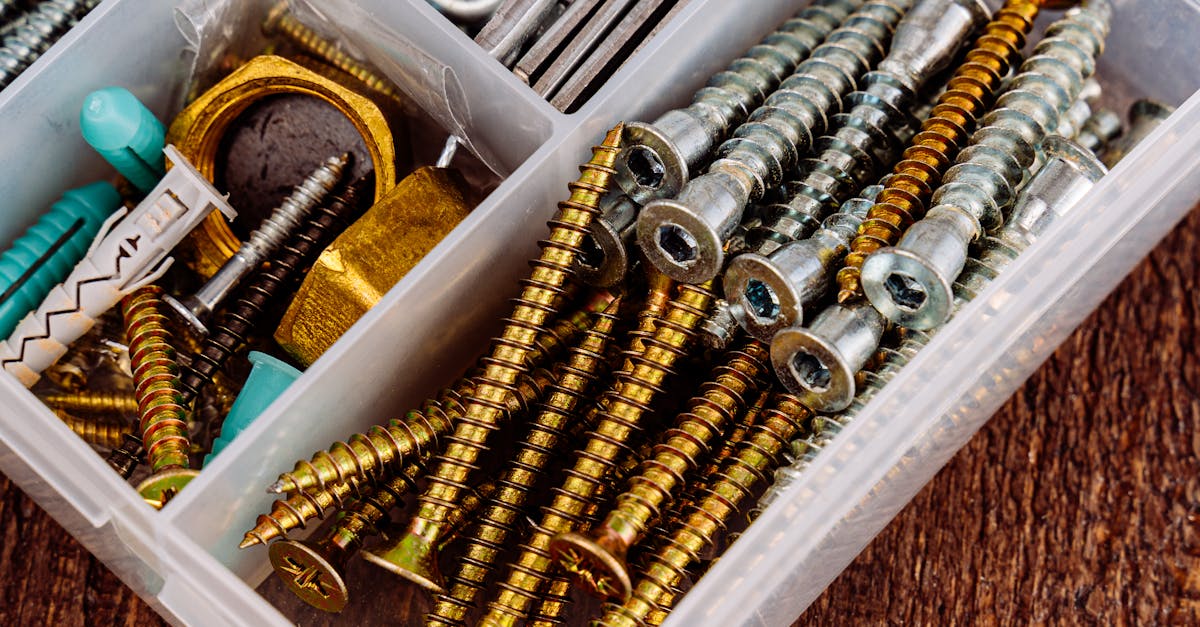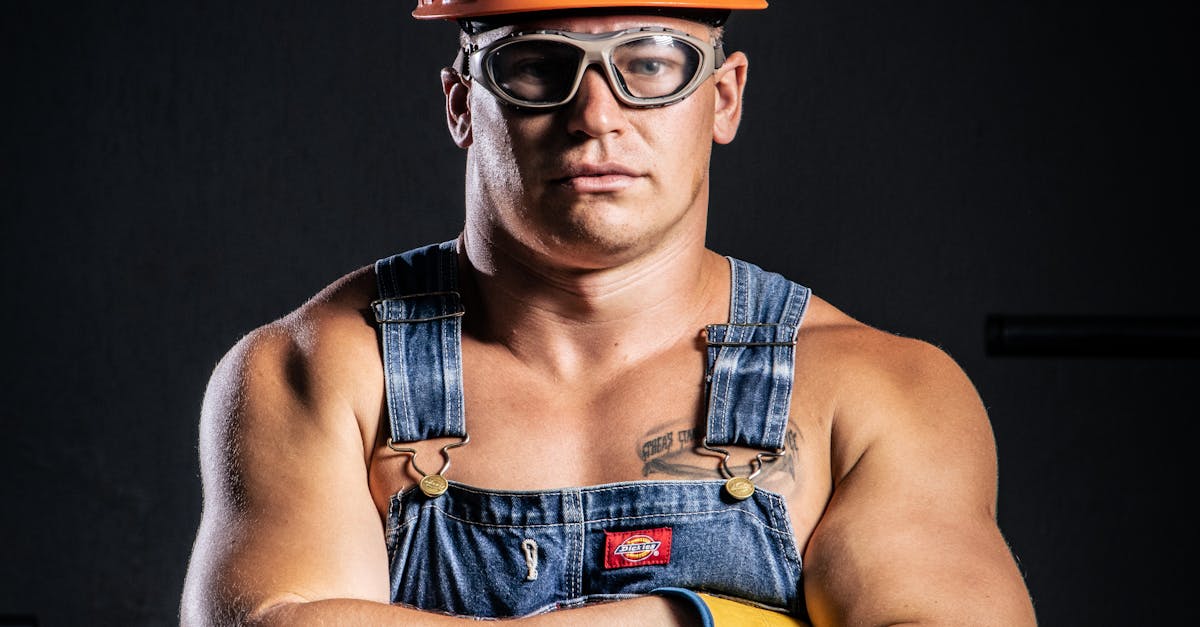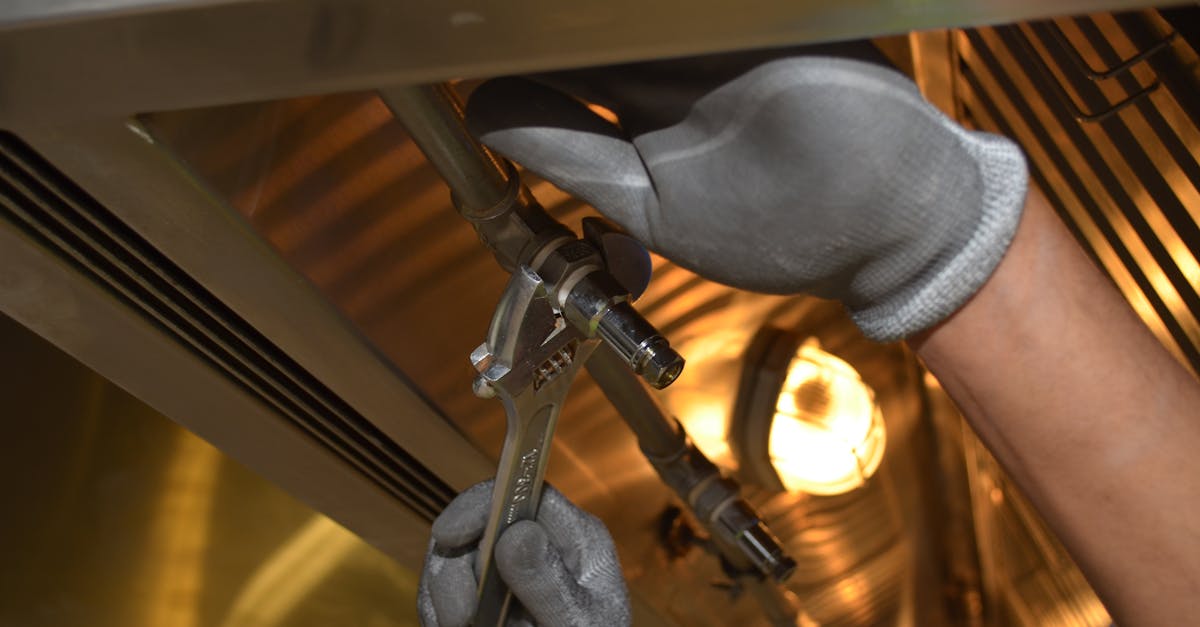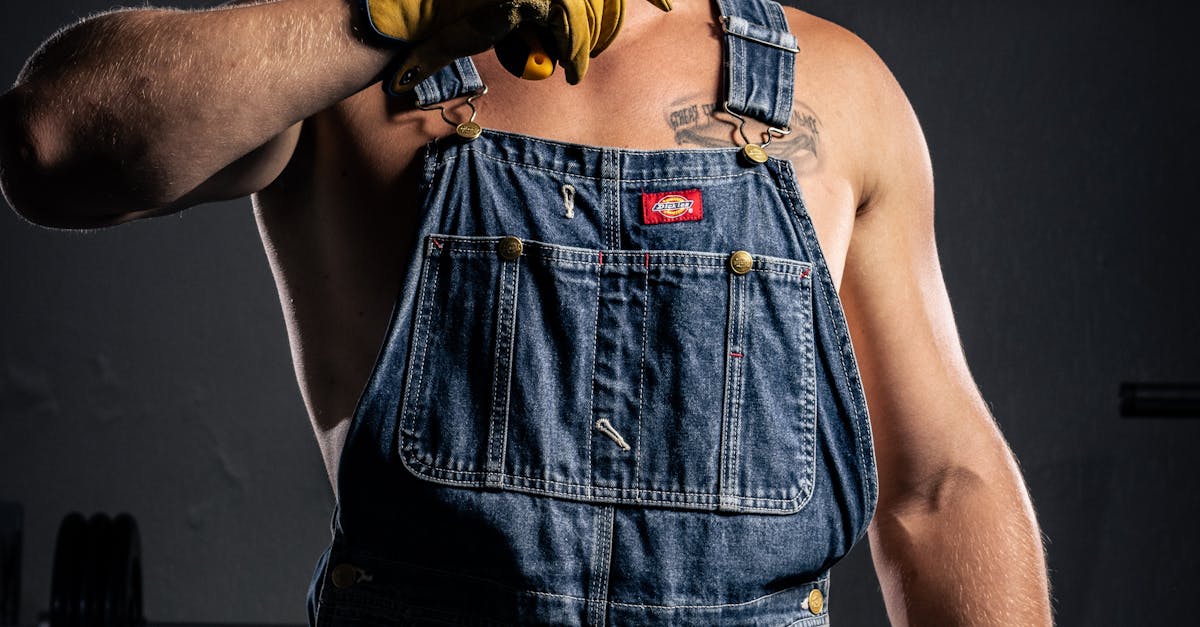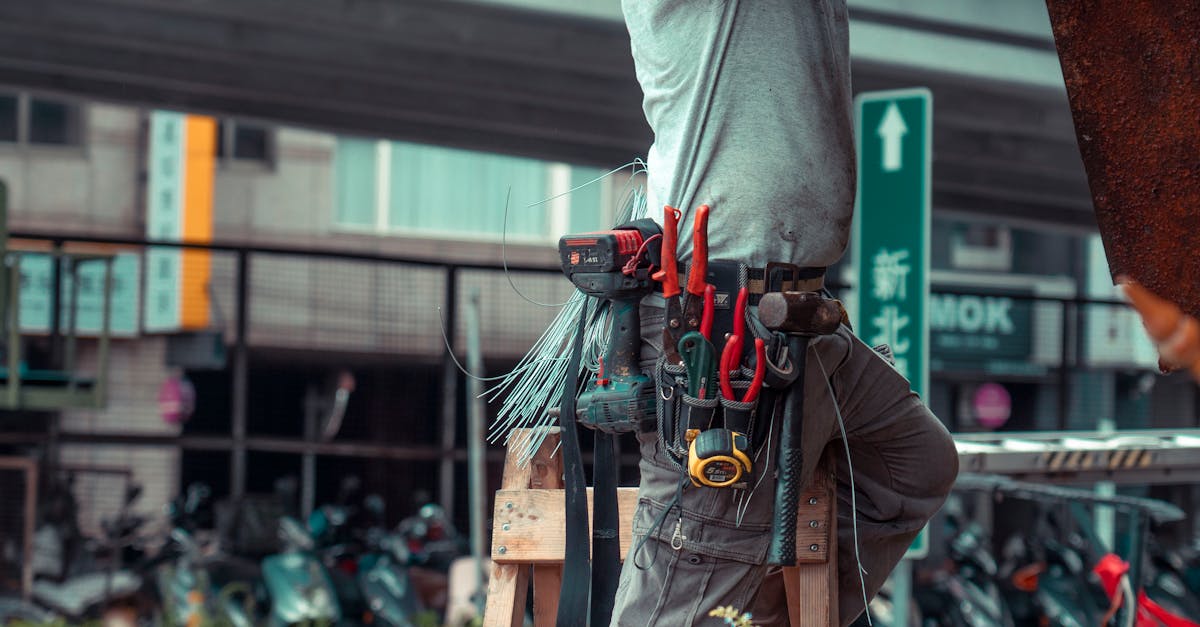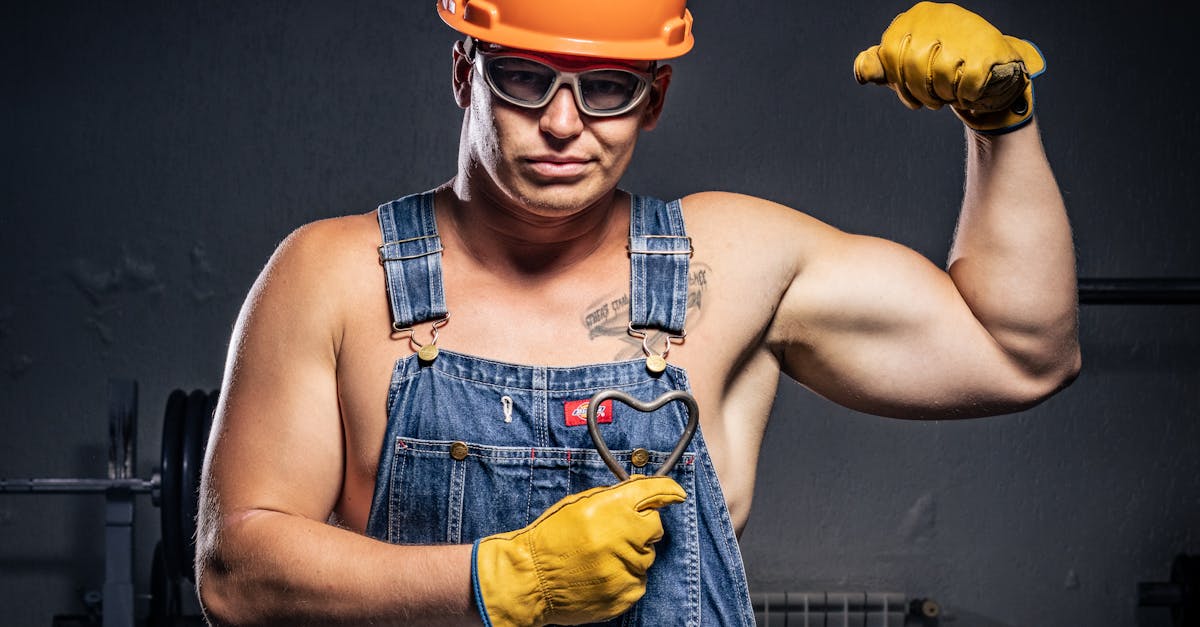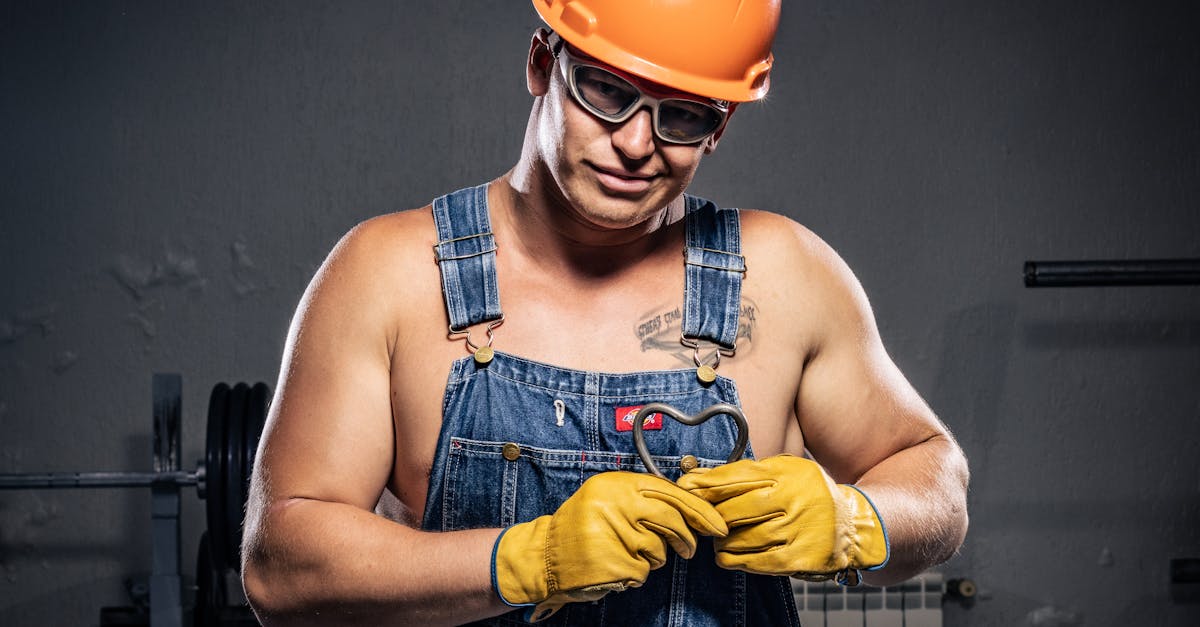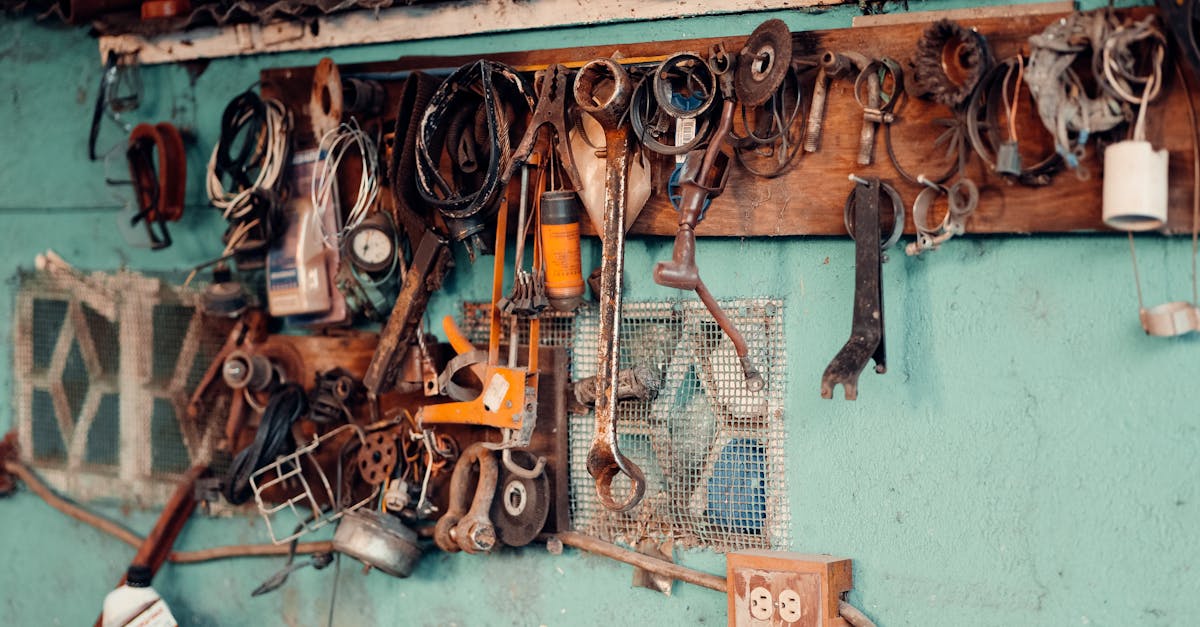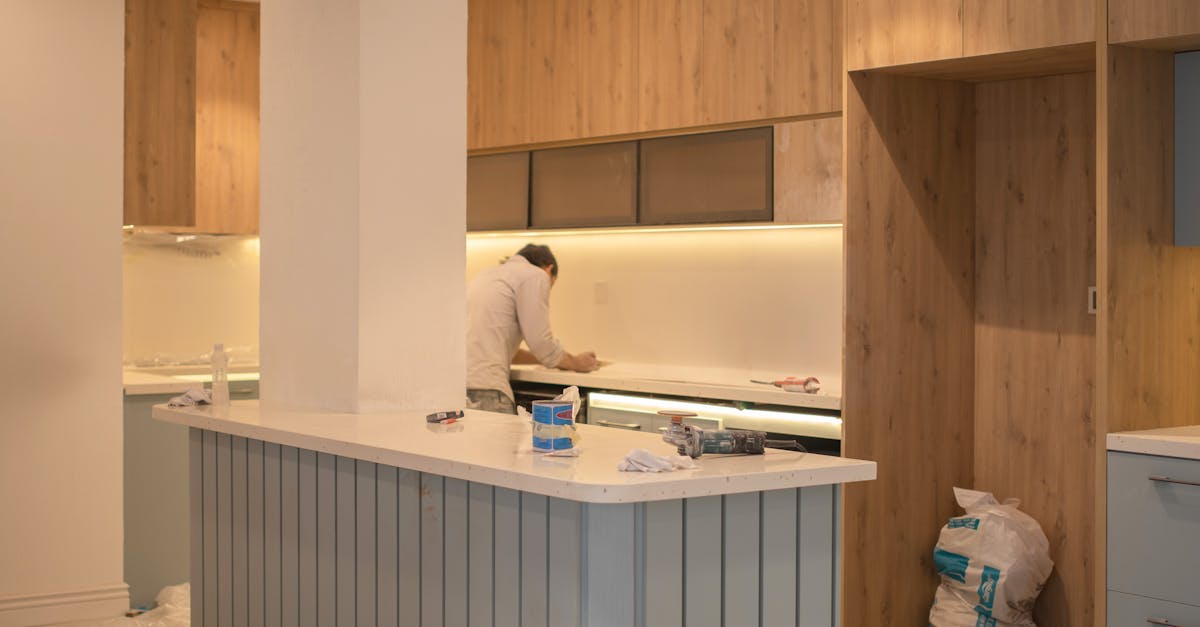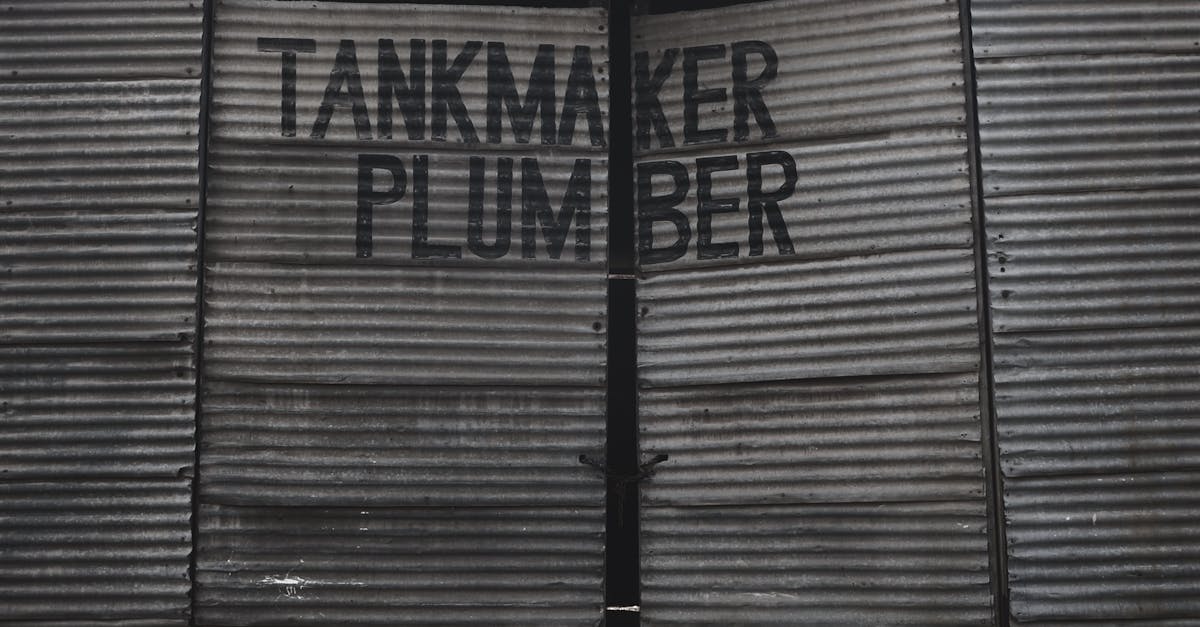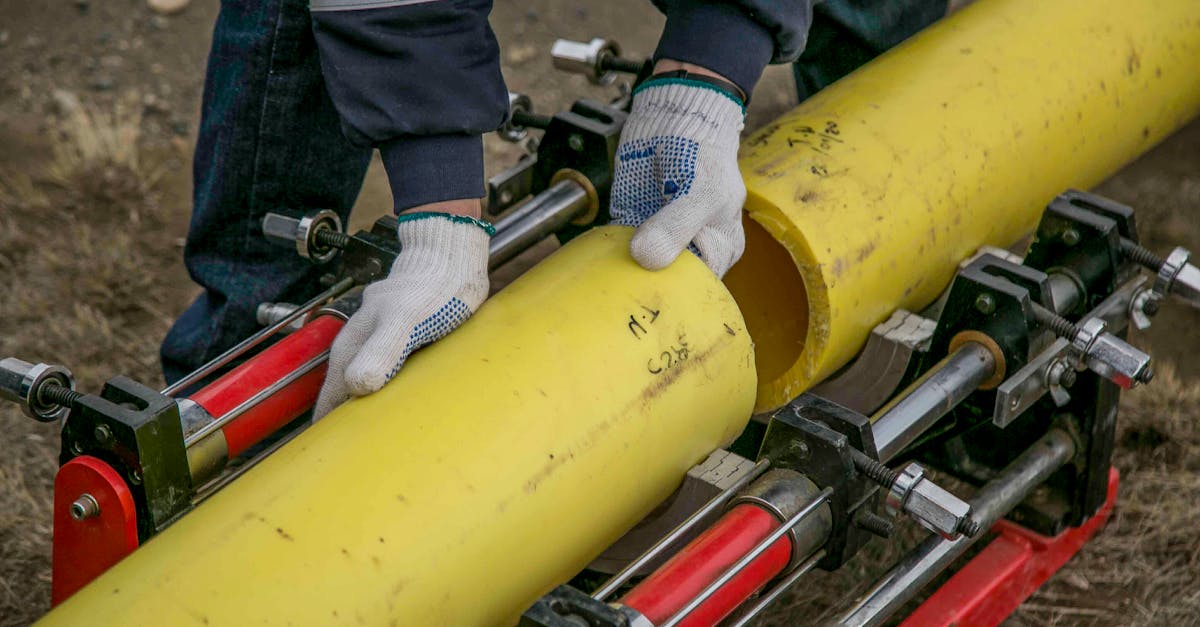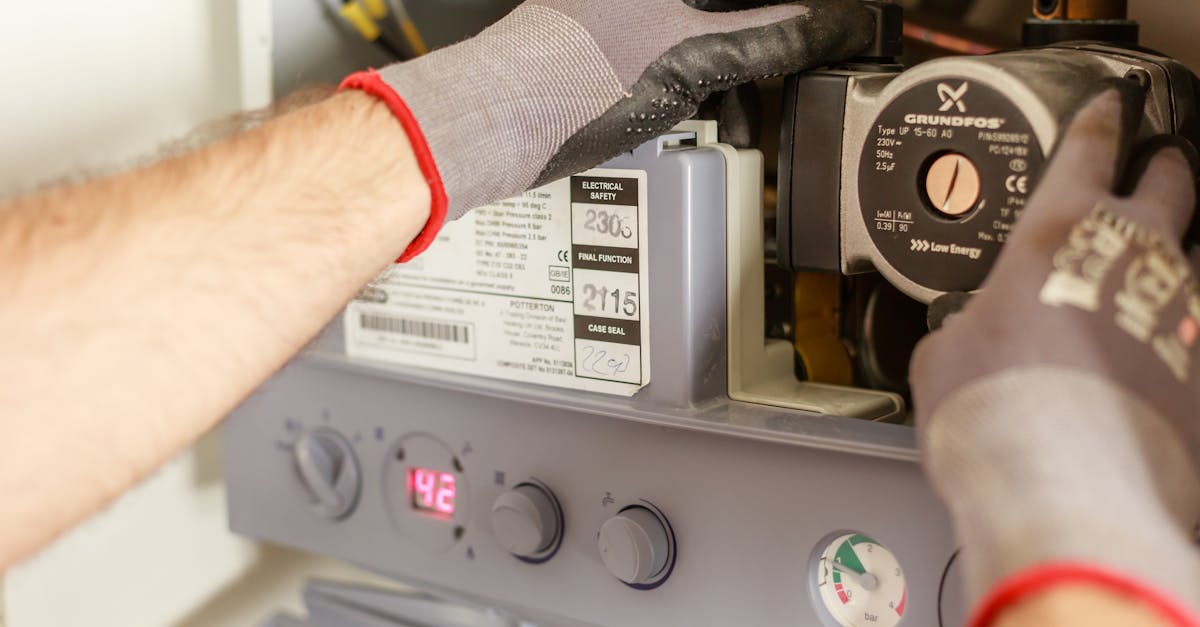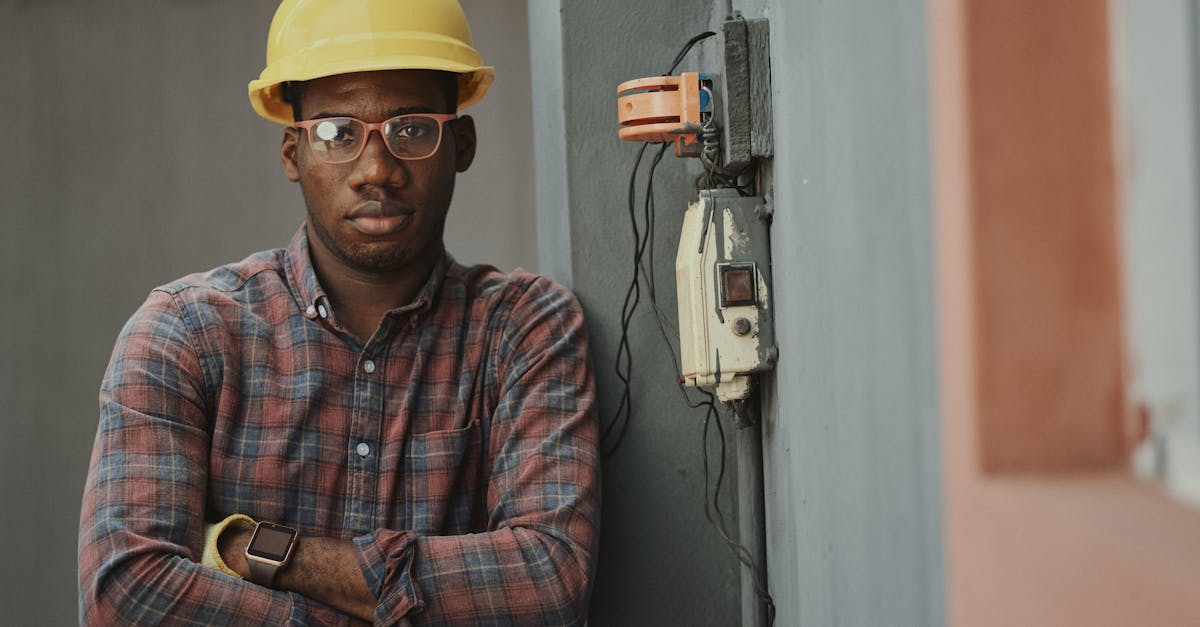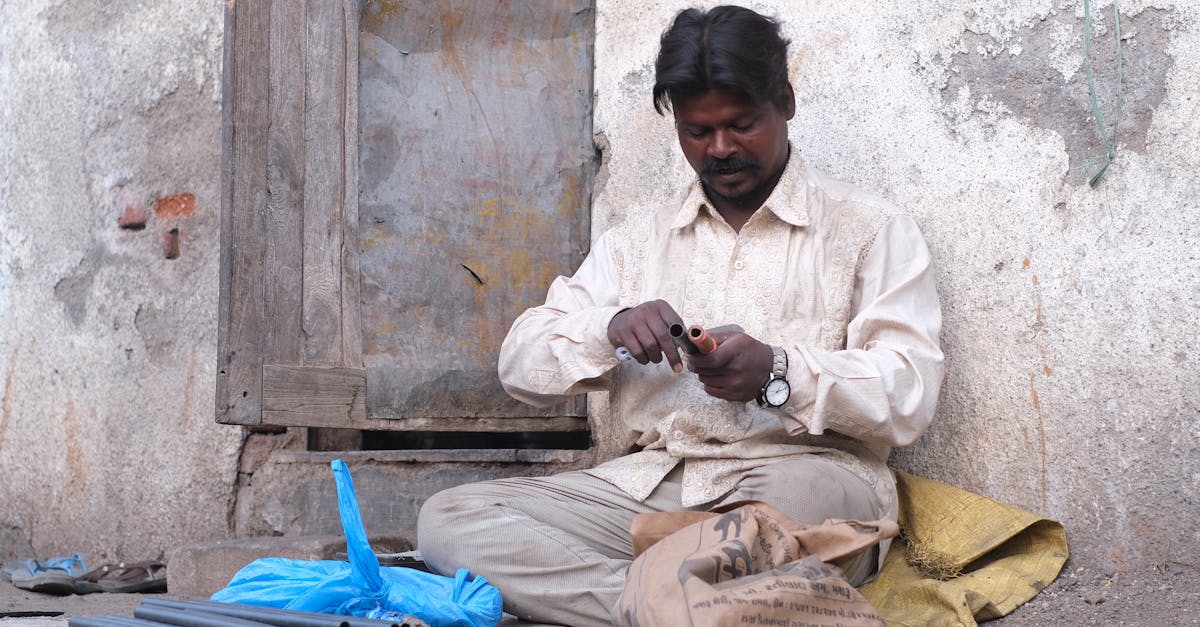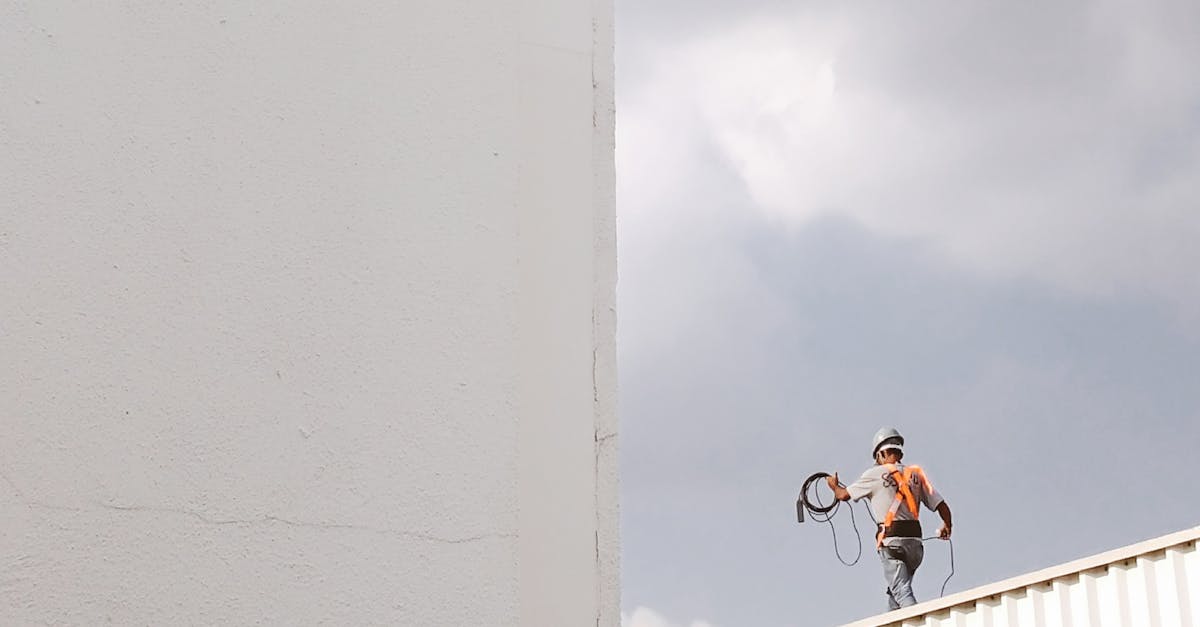
Table Of Contents
Dependence on Existing Infrastructure
Pipe relining relies heavily on the integrity of the existing plumbing infrastructure. If the original pipes are significantly damaged or compromised, the effectiveness of the relining process may be diminished. In some cases, structural weaknesses or severe misalignments can lead to complications that hinder proper installation. The new lining may not adhere correctly, resulting in potential leaks or future operational issues.
The overall success of pipe relining is affected by the conditions within the existing system. Factors such as the age and material of the pipes can pose challenges that make the relining less effective. Consequently, when a property owner considers this method, they must conduct thorough assessments of their plumbing to ensure that the existing infrastructure is suitable for relining. Otherwise, the expected benefits may not be fully realized.
Challenges with Old and Corroded Pipes
Old and corroded pipes often present significant challenges when it comes to pipe relining. The integrity of the existing structure can be compromised, leading to complications during the relining process. If the original pipes have extensive damage or have deteriorated beyond a certain point, the effectiveness of the new lining may be undermined. These issues can result in a less durable solution and may require additional repairs before the relining can even begin.
Furthermore, the presence of corrosion can prevent the new lining from adhering properly to the old pipe walls. Any scale or buildup inside the pipes can create uneven surfaces, which compromises the overall effectiveness of the relining. This scenario may lead to leaks or further deterioration down the line, which contradicts the intention behind choosing pipe relining as a long-term repair approach. Ensuring the condition of the existing pipes is crucial for the success of the relining process.
Chemical Sensitivity
Pipe relining involves using epoxy resins that can occasionally trigger chemical sensitivities in individuals. These resins may emit volatile organic compounds during the application process, potentially affecting those nearby. While most people will not experience any adverse effects, heightened sensitivity can lead to discomfort or respiratory issues for some. This factor is essential to consider, especially in residential areas where individuals with pre-existing sensitivities may be present.
Additionally, the interaction of the relining material with existing plumbing systems can pose challenges. If there are previous coatings or materials in the pipes, they may react with the new resin. This reaction can compromise the integrity of the repair, leading to unexpected complications. Proper evaluation of the existing infrastructure before applying pipe relining is crucial to minimize such risks.
Potential Reactions with Existing Materials
During the pipe relining process, there is a possibility of chemical reactions occurring between the relining materials and any residual substances present in the existing pipes. Older systems may have accumulated debris, corrosion, or even previous repair materials that can interact unpredictably with the new lining. Such reactions could compromise the integrity of the newly installed lining, leading to potential failures or further corrosion.
In addition, the use of specific materials or chemicals in pipe relining can cause issues if they come into contact with the original piping system. Understanding the existing conditions and materials in place is crucial to avoid adverse interactions that could result in significant problems long after the work is completed. Proper assessments are essential to ensure that the chosen relining solutions are compatible with the existing infrastructure.
Need for Specialized Equipment
Pipe relining relies heavily on specialized equipment to successfully install the new lining inside existing pipes. The process involves the use of high-pressure pumps, cameras, and other advanced tools to assess the condition of the pipes and ensure the lining adheres correctly. Obtaining and maintaining this equipment can be a hurdle for some contractors, particularly smaller companies that may not have the financial resources. This reliance on technology can also lead to increased project timelines if technical issues arise or if the required equipment experiences delays.
Accessibility of specialized equipment often leads to higher service costs. Contractors may need to factor in rental fees or maintenance costs for the tools required to perform pipe relining. Additionally, the training and expertise necessary to operate this equipment effectively can result in further expense. Homeowners may find that the price of relining their pipes becomes a significant consideration, especially when compared to traditional pipe replacement methods that require less specialized technology.
Accessibility and Cost Considerations
Accessibility can pose a challenge during the pipe relining process. In many cases, pipes are located in hard-to-reach areas such as under concrete slabs or within walls. This can complicate the relining procedure and make it necessary to perform extra work to access these sections. The effort to reach these pipes can lead to added time and labor costs, which can diminish the overall cost-effectiveness of the relining option.
Costs associated with pipe relining can also fluctuate significantly based on the condition of the existing infrastructure. For instance, if substantial preparation or repair work is required before the relining can commence, this will increase expenses. Homeowners may find it difficult to estimate the complete costs upfront, leading to possible budget overruns. Thus, while pipe relining can provide a durable solution, the financial implications should be considered carefully before proceeding.
FAQS
What is pipe relining?
Pipe relining is a trenchless method of repairing damaged or deteriorating pipes by inserting a new lining inside the existing pipe, effectively creating a new pipe within the old one.
What are some disadvantages of pipe relining?
Some disadvantages include dependence on existing infrastructure, challenges with old and corroded pipes, chemical sensitivity, and the need for specialized equipment, which can increase costs and complicate accessibility.
How does the condition of existing pipes affect pipe relining?
The effectiveness of pipe relining can be compromised if the existing pipes are heavily corroded or damaged, as these conditions may not allow for proper installation of the new lining.
Are there any chemical concerns with pipe relining?
Yes, there may be concerns regarding chemical sensitivity, as the materials used for relining can react with existing materials or cause issues if not compatible with the existing infrastructure.
Is pipe relining more expensive than traditional pipe replacement?
While pipe relining can often be less invasive and faster than traditional replacement, the need for specialized equipment and the potential for unforeseen challenges can result in higher costs in some cases.
